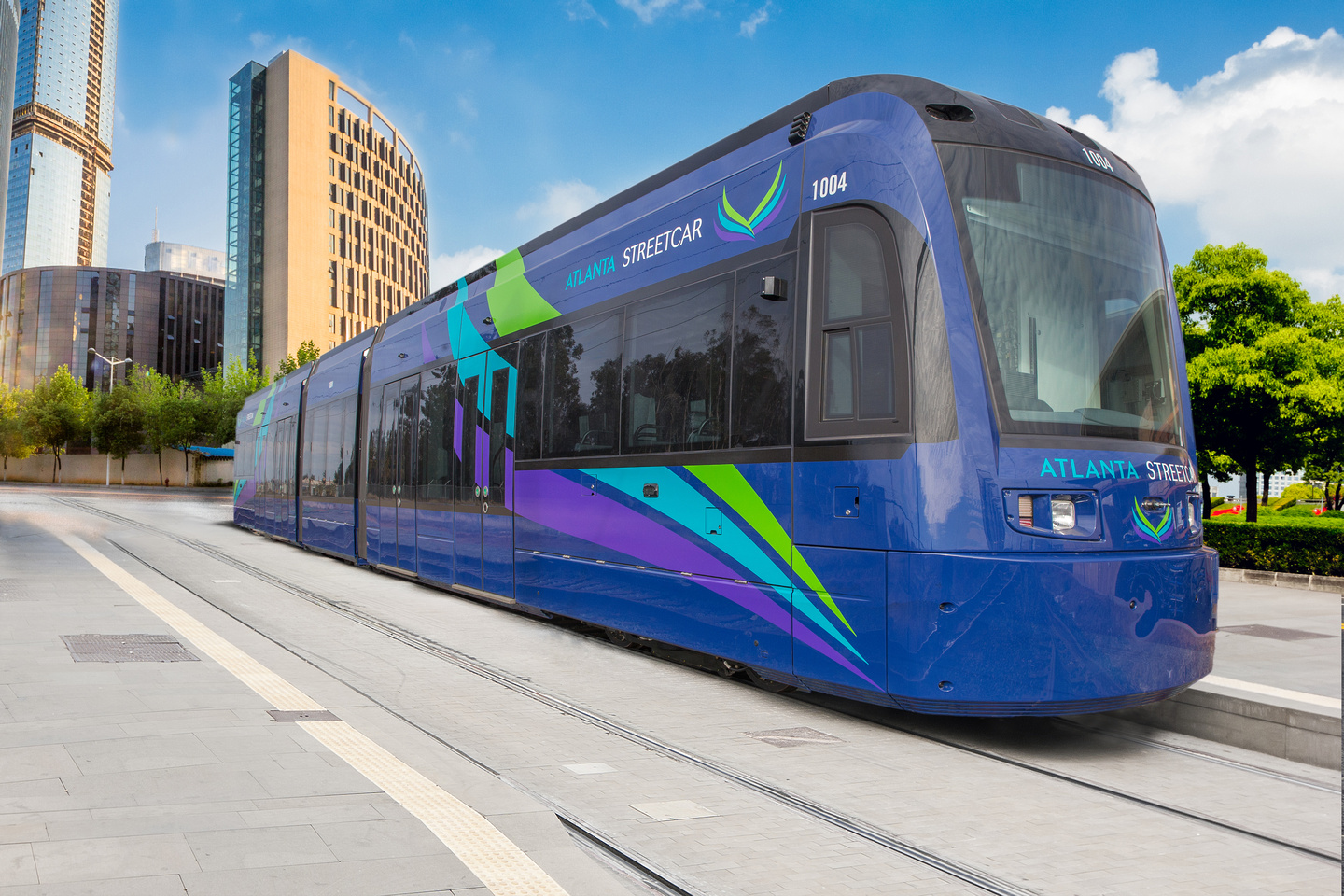
Citizens of Atlanta look down on the Atlanta Streetcar. Early last year, the Atlanta Journal-Constitution reported that ridership is a fraction of what the city expected, operations costs are higher than projected and the system costs forty percent more than the city said it would. The streetcar is hemorrhaging money.
The Atlanta Streetcar cost the city’s residents $98 million for 2.7 miles of a simple loop around Downtown, connecting tourist sites. During its first year, the Atlanta Streetcar exceeded projected ridership, but after a fare was introduced, numbers dropped. Its unpopularity is compounded because riding the streetcar is no better than walking to your destination.
In a previous interview, critic Simon Berrebi of Atlanta Magazine said, “To relegate expensive transit infrastructure in mixed traffic means that trains will only go as fast as the cars around them. It’s profoundly unfair that transit vehicles, which can carry a hundred times more people than private cars, can get stuck in the same congestion…”
If anything, it’s more of a tourist attraction than a remedy for Atlanta’s regional transportation mess.
Let’s go back to a time when Moreland Avenue was a little dirt path along the county line and Flat Shoals and Glenwood Avenues were major highways. How about a time when you could jump on a train and ride from College Park straight across to Buckhead or from Decatur to Grove Park? It sounds like a city planner’s fantasy, right? Well, this was possible back in the early 1900s thanks to a sprawling network of (at the time) modern electric streetcars, but our Metropolitan Atlanta Rapid Transit Authority (MARTA) cannot do this today.
Our current streetcars are a throwback to the electric streetcars of yesteryear when every major city in Georgia had them. In 2014, a Georgia State history professor, Clifford M. Kuhn, said in a New York Times article, “They were hugely significant in the physical growth of Atlanta. They were widely used. The mayor of Atlanta in the early 20th century would ride to work in the streetcar.”
Dr. Gerry Neumark, a Georgia State professor of Andrew Young School of Policy Studies, said he still believes in the streetcar. Prior to sitting on the City of Atlanta Board of Ethics, Dr. Neumark was vice chair of Neighborhood Planning Unit F and president of the Atlanta Planning Advisory Board. “The current problem with the streetcar from the perspective of Atlanta citizens is that it doesn’t go anywhere. It has become essentially a ‘tourist trolley,’ although I am not so sure that is a bad thing. Once the rail lines are expanded, I really believe it will be used much more frequently,” Neumark said.
As of July 2 this year, the Atlanta Streetcar has been under MARTA’s control in the hopes that its ridership will grow with the 2.6 billion TSPLOST-funded MARTA expansion program announced over the summer by then-Mayor Kasim Reed. Reed wanted to link the streetcar to the Atlanta BeltLine, adding 21 miles to the line.
When questioned on his thoughts of the TSPLOST fund, Dr. Neumark said, “As with all major policy decisions, it constitutes a significant dilemma. If you please the Clifton Corridor supporters with a light rail system out to Emory University, you anger the BeltLine advocates. If you run the streetcar on the BeltLine to fulfill a political promise, you lose the economic benefits of the line to Emory, but you make the BeltLine advocates happy. Do we put economic development ahead of political promises or the other way around? […] Whether or not I agree with their ultimate decision, they need to make it perfectly clear why they came up with the decision that they did and be able to justify it.”
The future of the Atlanta Streetcar is up in the air. The project has a lot of money being funded into it for expansion yet the people of Atlanta think it’s a waste of time and money. And I’m inclined to agree.
